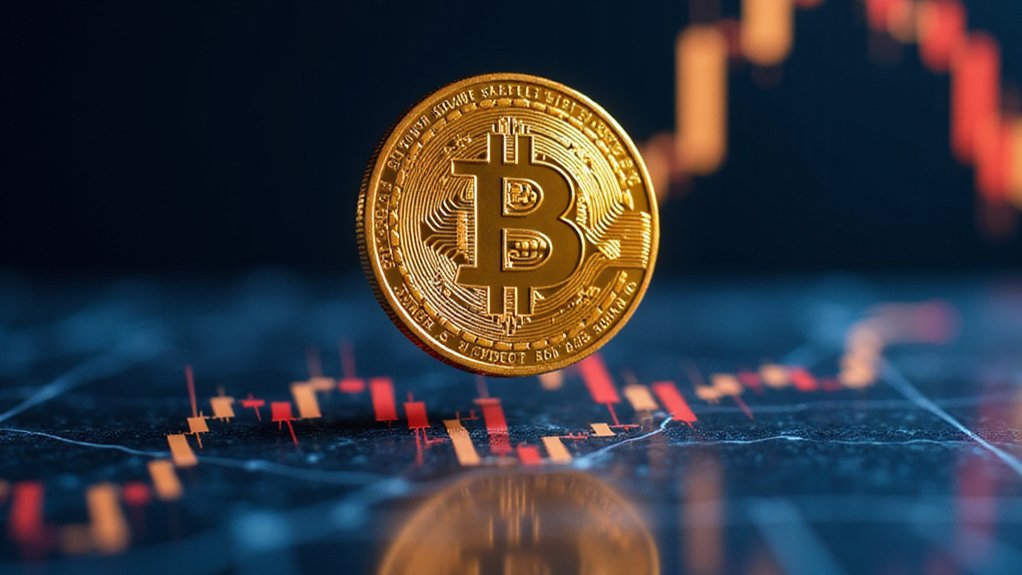While Donald Trump once dismissed bitcoin as a “scam” based on “thin air,” his January 23, 2025 executive order establishing a detailed regulatory framework for digital assets suggests that thin air can indeed prove quite profitable—particularly when one’s family has amassed nearly 16 billion governance tokens and $57 million in crypto revenues.
The executive order represents a significant reversal of Biden administration policies, creating what the White House describes as a “clear regulatory framework” to support American cryptocurrency innovation. Trump has appointed venture capitalist David Sacks to chair a newly established Crypto and AI Working Group, tasked with coordinating policy across federal agencies while engaging private sector stakeholders to build what officials term a “cohesive crypto ecosystem.”
The administration’s embrace of digital assets coincides remarkably with the Trump family’s expanded crypto ventures. World Liberty Financial, their digital assets startup, operates alongside the recently launched $TRUMP memecoin, which debuted strategically before the inauguration to considerable investor enthusiasm.
Trump Media & Technology Group has announced ambitious plans to raise $2.5 billion specifically for bitcoin acquisition, suggesting the family’s crypto strategy extends well beyond ceremonial tokens.
Private fundraising events at Trump’s golf club have reportedly attracted memecoin investors who collectively contributed $148 million, demonstrating the commercial potential of presidential proximity to emerging financial technologies. The financial success of these ventures raises inevitable questions about the intersection of personal enrichment and public policy formation.
Industry reception remains distinctly mixed despite the administration’s enthusiastic embrace of cryptocurrency innovation. While crypto advocates celebrate the regulatory clarity, seasoned industry insiders express concern about potential disruption and the appearance of conflicts between Trump’s private ventures and official policy positions. This transition reflects the broader crypto ecosystem’s evolution from hype-driven growth to more sustainable expansion, where community-driven development and strategic partnerships have become essential for long-term success. The crypto industry fears these conflicts could undermine Trump’s goal of making the U.S. crypto capital by providing ammunition to critics. The working group must submit a comprehensive report within 180 days outlining the administration’s regulatory framework for digital assets.
Congressional Democrats and ethics watchdogs have raised transparency concerns, particularly regarding David Sacks’ dual role as both government crypto coordinator and Trump family advisor.
White House officials maintain strict separation between the president’s private crypto investments—managed through revocable trusts—and his administrative duties. Yet the convergence of family financial interests with sweeping regulatory reform suggests that Trump’s crypto pivot represents more than mere policy evolution; it embodies a calculated transformation of political capital into digital assets, where governance tokens and presidential influence merge in unprecedented ways.









